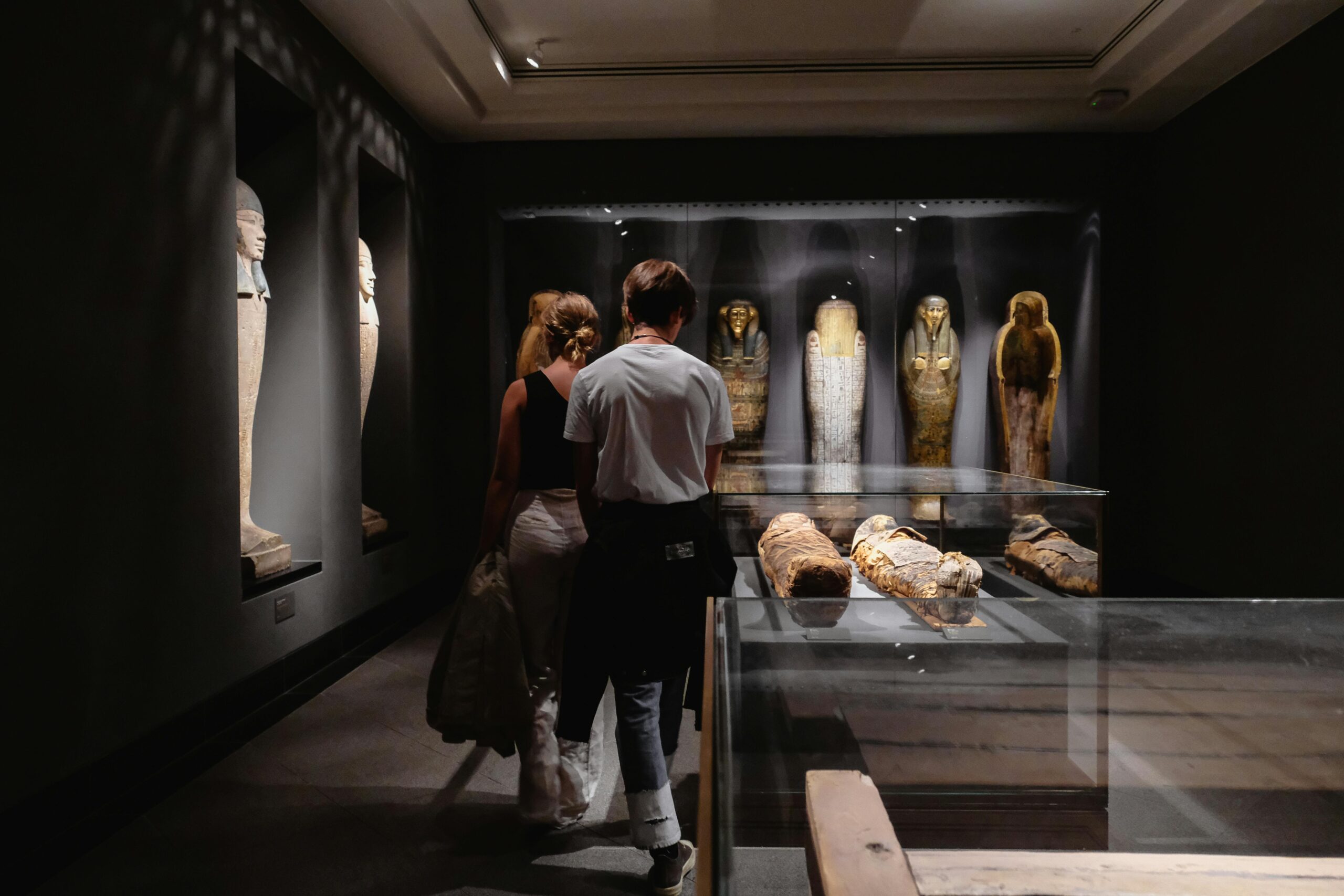The Mysteries of Ancient Egyptian Mummies are something that, for centuries, have thrilled the hearts of people opening a window to the complex system of beliefs and practices of the ancient Egyptian civilization. Beyond the method of preserving the dead, mummification was actually a crucial aspect of religious and cultural practice reflecting their opinions on death, the afterlife, and immortality. This blog will cover the process of mummification, its importance, types of mummies, and some of the most popular examples found.
Table of Contents
The Importance of Mummification
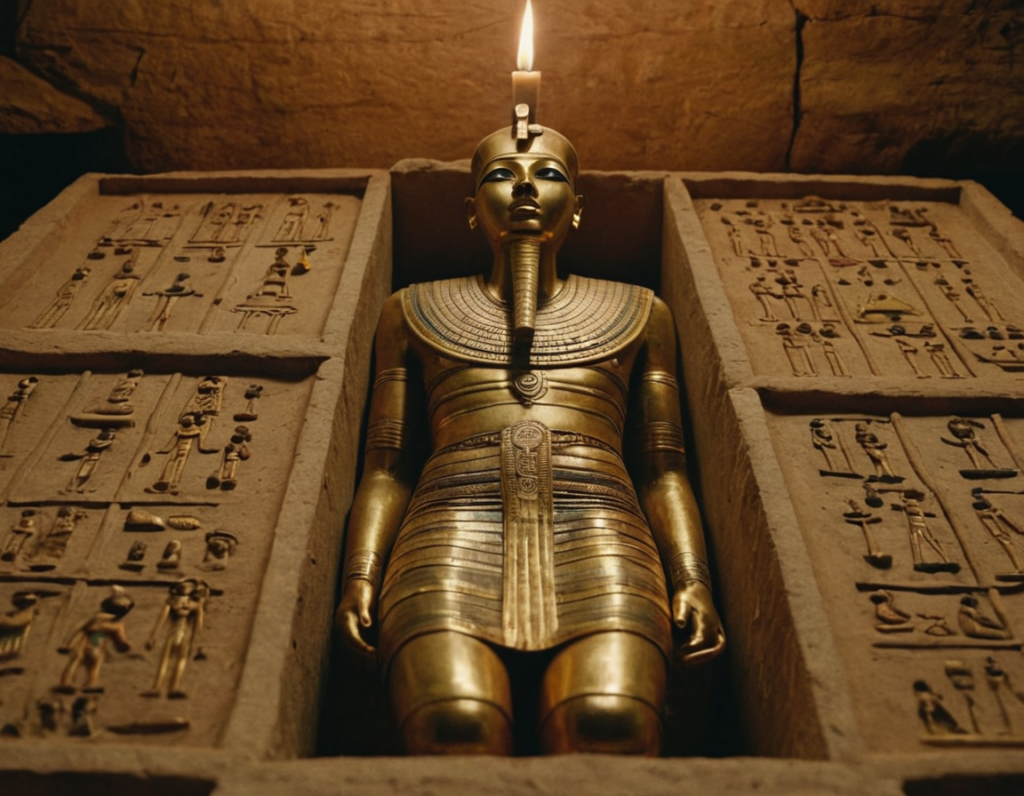
The ancient Egypt religious beliefs are highly intertwined with mummification. The soul was thought to live beyond death. The body had to be preserved so that the person could safely move into the afterlife. Their belief about the soul is broken into parts: ka (life force), ba (personality), and akh (the transformed spirit).
Religious Beliefs
The afterlife was considered to be an extension of life on Earth by the ancient Egyptians. If the body was not preserved, the soul could not be reunited with it, and eternal suffering ensued. This belief led to the elaborate mummification process and burial rituals that accompanied it.
The Process of Mummification
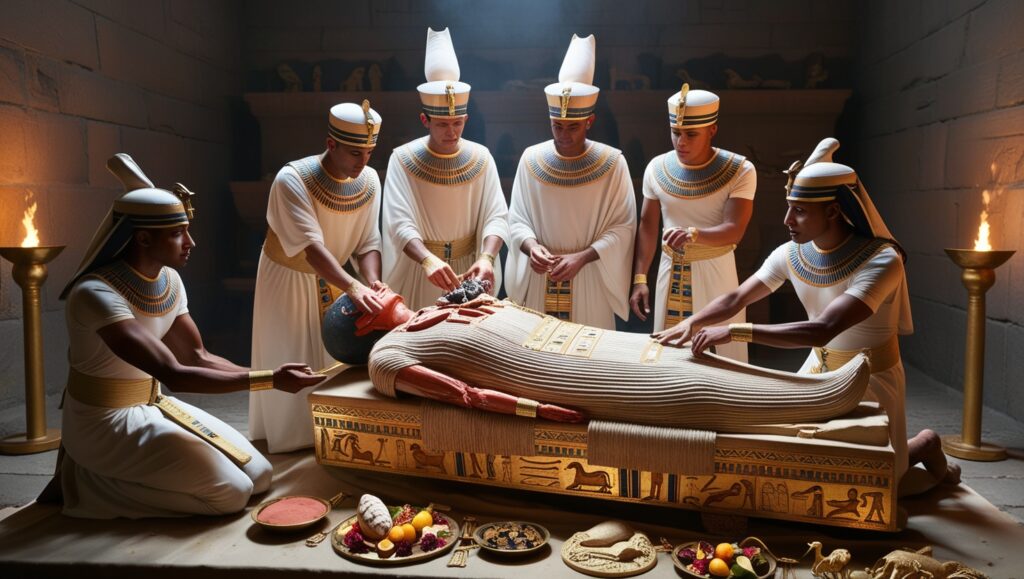
The Mysteries of Ancient Egyptian Mummies begin with the precise procedure of mummification, which took about 70 days. This precise process involved a number of steps:
- Removing Internal Organs
The first one was the removal of the inner organs. These were believed to decay rapidly. Except for the heart, all the other inner organs—lungs, stomach and intestines, and the liver—were removed and handled differently.
Organ Placement
These organs were kept in canopic jars, each under a different god’s protection. In the case of Imsety, the liver was protected while Hapy took care of the lungs.
- Desiccation
The body was covered with natron, which is a naturally occurring salt, to absorb moisture and dry out the body. This way, it wouldn’t rot. - Wrapping the Body
The body then was wrapped in linen strips. This was a layering process, and sometimes, amulets were used to protect the dead in the afterlife. Resin was used in order to glue the layers together and, thus served for protection of the body. - Final Preparations
It was placed in a coffin or sarcophagus, which was often highly decorated with inscriptions and images meant to guide the deceased in the afterlife. There was a final step which included rites performed by priests, who invoked blessings and ensured that the deceased person passed over safely.
Types of Mummies
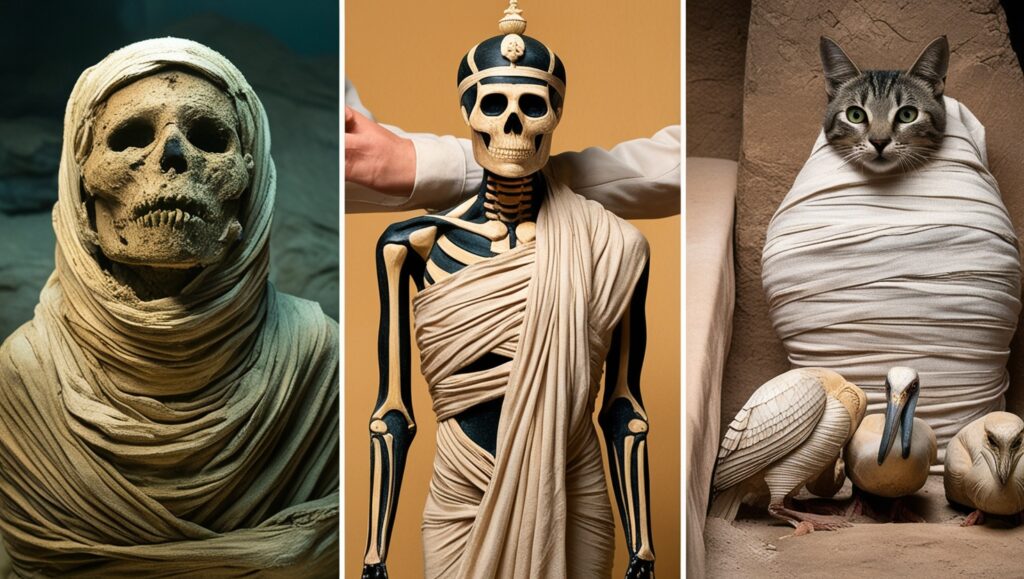
Most people relate to the classic linen-wrapped mummies, but in fact, there are thousands of different types of mummies displaying the diversity in ancient Egyptian mummification practices
- Natural Mummies These are corpses that were naturally preserved due to environmental conditions, for example, a high level of dryness or extreme cold. Some examples have been found in the deserts of Egypt and at high altitudes in the Andes.
- Artificial Mummies
Most of the mummies discovered in tombs were artificially prepared in the process of mummification, described above. These include the royal mummies, which received even greater care and contained more elaborate burial goods. - Animal Mummies
Ancient Egyptians mummified animals too because they would join their owners in the afterlife. Cats, dogs, and even sacred animals like the ibis were preserved, placed often in tombs with their human counterparts.
Famous Mummies and Findings
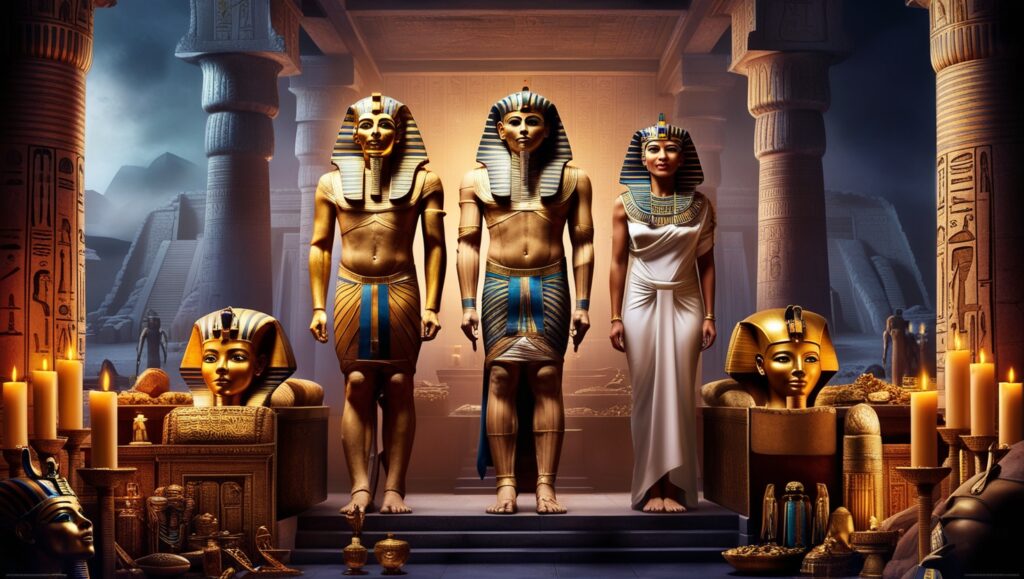
These mummies are popular just because of the history they speak of and what they convey about the Egyptian ancient activities:
- Tutankhamun
Tutankhamun tomb, that Howard Carter discovered in the year 1922 has one of the most preserved royal mummies; his treasures on burial had information that spoke of what wealth and artistry this ancient Egypt held. - Ramesses II
One of the most famous pharaohs is Ramesses II. His mummy was discovered during the early 19th century, which revealed details concerning his age and health, proving that the process of mummification was indeed successful. - The Mummy of Hatshepsut
Hatshepsut was among the rarest women who ever took on being a pharaoh. She was buried inside a grave of her male successor. The time when Hatshepsut was discovered and the poor treatment she had experienced during those periods of ruling had only started appearing as she was in 2001 as her mummy.
Science of Mummies
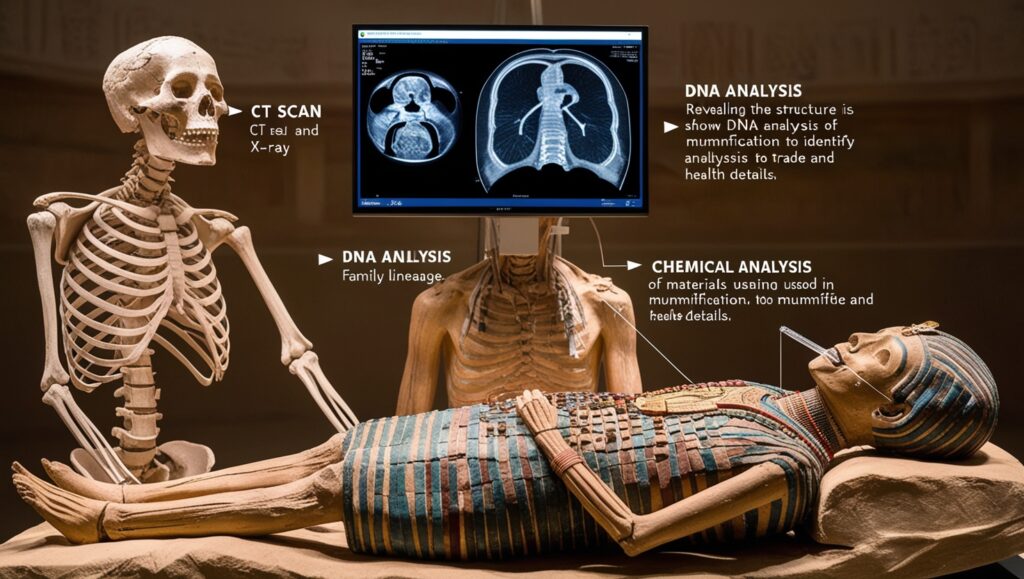
Study of mummies has advanced through the evolution of the contemporary world. More knowledge comes as to how Egyptians performed, and as such, more information regarding health:
- CT Scans and X-rays
These technologies enable scientists to study mummies without unmasking them so that they can look inside and know internal structures, identify diseases, and even the cause of death. - DNA Analysis
New DNA analysis technology has been developed, and scientists have begun to research the family relationship of mummies. They can determine lineage, genetic population, and much more. - Chemical Analysis
Chemical analysis of the materials used in mummifying can identify ancient Egyptian trade, health, and other rituals. For example, some resins come from different geographies.
Conclusion
The Mysteries of Ancient Egyptian Mummies reveal not only the superior techniques of preservation attributed to the ancient Egyptians, but also their deep beliefs about life, death, and the afterlife. Through the study of mummies, one seems to gain a better understanding of a civilization that had long been fascinating the humankind. Everlasting attraction to these preserved bodies continues to fuel curiosity and scholarship, reminding us of the complexities of ancient Egyptian culture.
What do you find most interesting about ancient Egyptian mummies? Have come across some interesting facts about mummification? Give your opinions in the comments!
